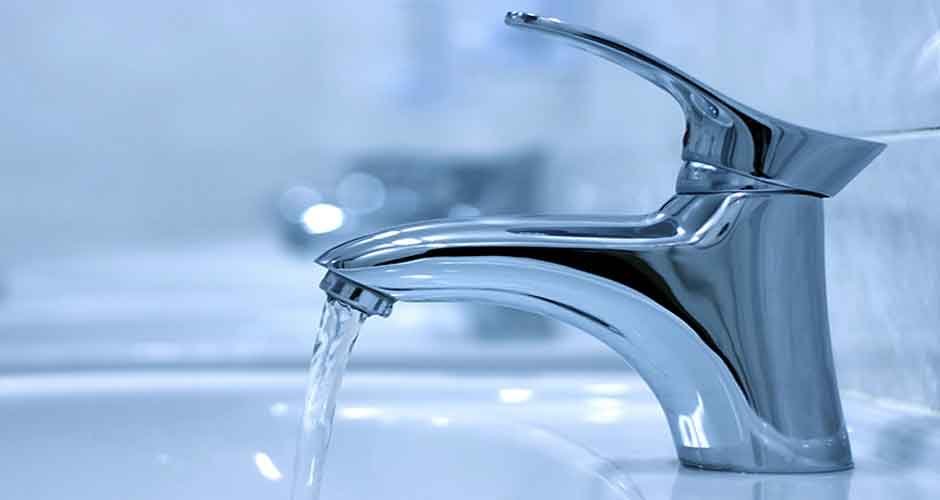Water is one of the most vital resources in our daily lives. It’s used for drinking, cooking, bathing, and cleaning, making its quality and safety paramount to our health and wellbeing. However, the water flowing from your taps might not be as safe as you think. Despite stringent water treatment processes, contaminants can still infiltrate your household H2O. Let’s delve into the factors that affect water safety and what you can do to ensure your home’s water is as clean and safe as possible.
The Journey of Household Water
The water that arrives in your home goes through a comprehensive treatment process at municipal facilities. This process typically involves filtration, sedimentation, and disinfection to remove impurities and kill harmful microorganisms. Despite these efforts, contaminants can still be present when the water reaches your tap. Advanced filtration systems, such as RO water (reverse osmosis), can provide an extra layer of safety by removing a broader range of contaminants, but understanding what could be in your water is crucial.
Common Contaminants in Household Water
- Lead: Lead contamination is a significant concern, especially in older homes with lead pipes or fixtures. Even low levels of lead exposure can cause severe health issues, particularly in children and pregnant women. It can lead to developmental problems, cognitive impairments, and cardiovascular issues in adults.
- Chlorine and Chloramines: These disinfectants are added to municipal water to kill bacteria and viruses. However, they can react with organic matter in the water to form disinfection byproducts (DBPs), some of which are linked to cancer and other health problems. Chlorine can also impart an unpleasant taste and odor to the water.
- Pesticides and Herbicides: Runoff from agricultural areas can carry these chemicals into water supplies. Long-term exposure to certain pesticides and herbicides has been associated with various health risks, including cancer, endocrine disruption, and reproductive issues.
- Pharmaceuticals and Personal Care Products (PPCPs): These emerging contaminants include traces of medications, hormones, and chemicals from personal care products. Although usually present in low concentrations, their long-term health effects are still being studied.
- Microorganisms: Pathogens like bacteria, viruses, and parasites can sometimes survive water treatment processes and pose health risks. E. coli, Giardia, and Cryptosporidium are examples of microorganisms that can cause gastrointestinal illnesses.
- Arsenic: This naturally occurring element can be found in groundwater in certain regions. Long-term exposure to arsenic can lead to skin lesions, cancer, cardiovascular diseases, and diabetes.
- Nitrates and Nitrites: Commonly found in fertilizers, these chemicals can contaminate water supplies through agricultural runoff. High levels of nitrates and nitrites are particularly dangerous for infants, leading to a condition known as methemoglobinemia or “blue baby syndrome.”
- Fluoride: Added to many public water supplies to prevent tooth decay, excessive fluoride can cause dental fluorosis in children and skeletal fluorosis over long-term exposure.
Testing Your Water
To ensure the safety of your household water, regular testing is essential. Home testing kits are available for basic assessments, but for a comprehensive analysis, you might consider hiring a professional service. Testing can identify contaminants present in your water and help you determine the best course of action to address any issues.
Filtration Systems: A Layer of Protection
Investing in a good filtration system can significantly improve the safety and quality of your household water. Here are some common types of filtration systems:
- Activated Carbon Filters: These filters are effective at removing chlorine, sediment, volatile organic compounds (VOCs), and improving the taste and odor of water. They are commonly used in pitcher filters and faucet-mounted units.
- Reverse Osmosis Systems: Reverse Osmosis water systems use a semi-permeable membrane to remove a wide range of contaminants, including heavy metals, fluoride, nitrates, and pesticides. These systems are typically installed under the sink and provide high-quality drinking water.
- UV Filters: Ultraviolet (UV) filters use UV light to kill bacteria, viruses, and other pathogens. They are often used in combination with other filtration methods to provide comprehensive water purification.
- Ceramic Filters: Made from natural ceramic materials, these filters effectively remove bacteria, protozoa, and sediment. They are a good option for those looking for a non-chemical filtration method.
- Whole House Filters: These systems are installed at the point where water enters your home, ensuring that all water used for drinking, cooking, bathing, and cleaning is filtered. Whole house filters are ideal for families and those who want comprehensive protection from contaminants.
Practical Steps to Ensure Water Safety
- Regular Maintenance: Ensure that your filtration system is properly maintained and that filters are replaced according to the manufacturer’s recommendations. This will keep your system functioning optimally and ensure the water remains safe.
- Flush Pipes: If your home has older plumbing, run cold water for a few minutes before using it for drinking or cooking. This helps flush out any accumulated contaminants.
- Stay Informed: Keep up-to-date with local water quality reports and advisories from your water supplier. These reports can provide valuable information about the contaminants present in your water supply.
- Educate Your Family: Teach your family members about the importance of drinking clean, filtered water and encourage them to make it a daily habit.
- Use Reusable Water Bottles: Carrying a reusable water bottle filled with filtered water helps you stay hydrated on the go and reduces your reliance on single-use plastic bottles.
Advocating for Cleaner Water
While individual actions can help protect your household water, advocating for broader change is equally important. Support initiatives to upgrade aging water infrastructure and push for stricter regulations on contaminants. Participate in community efforts to protect local water sources from pollution and advocate for transparency in water quality reporting.
The safety of your household H2O is critical to your health and wellbeing. By understanding the potential contaminants that can infiltrate your water supply and taking proactive steps to address them, you can ensure that the water you and your family consume is clean and safe. Investing in reliable filtration systems, staying informed about local water quality, and advocating for better water safety standards are all essential actions.
Water is a fundamental part of life, and its quality should not be taken for granted. Prioritizing clean, filtered water not only protects your health but also contributes to overall wellbeing. By making informed choices and taking proactive measures, you can ensure that your household H2O is as safe as possible. Here’s to a healthier, more hydrated future!












